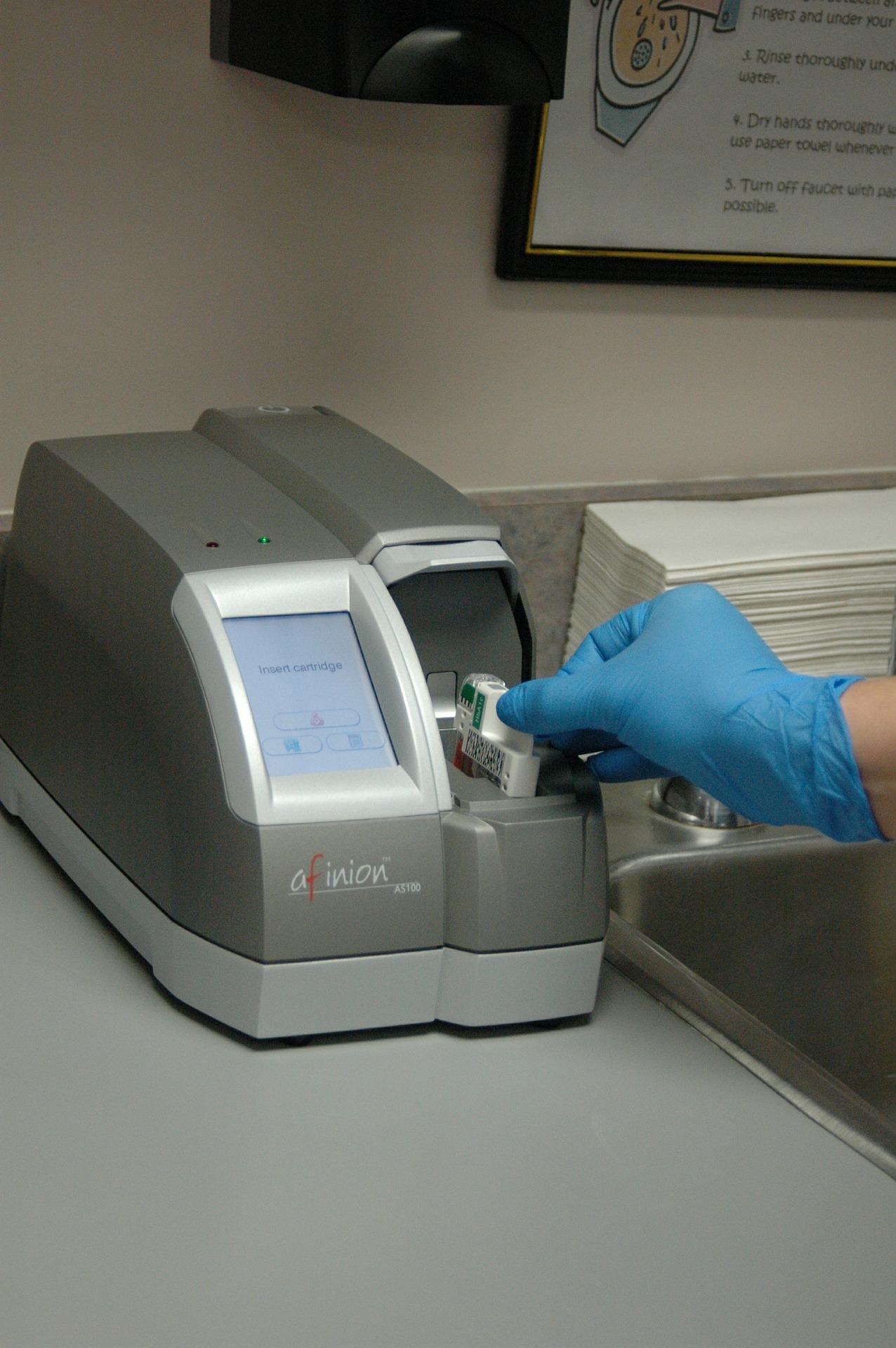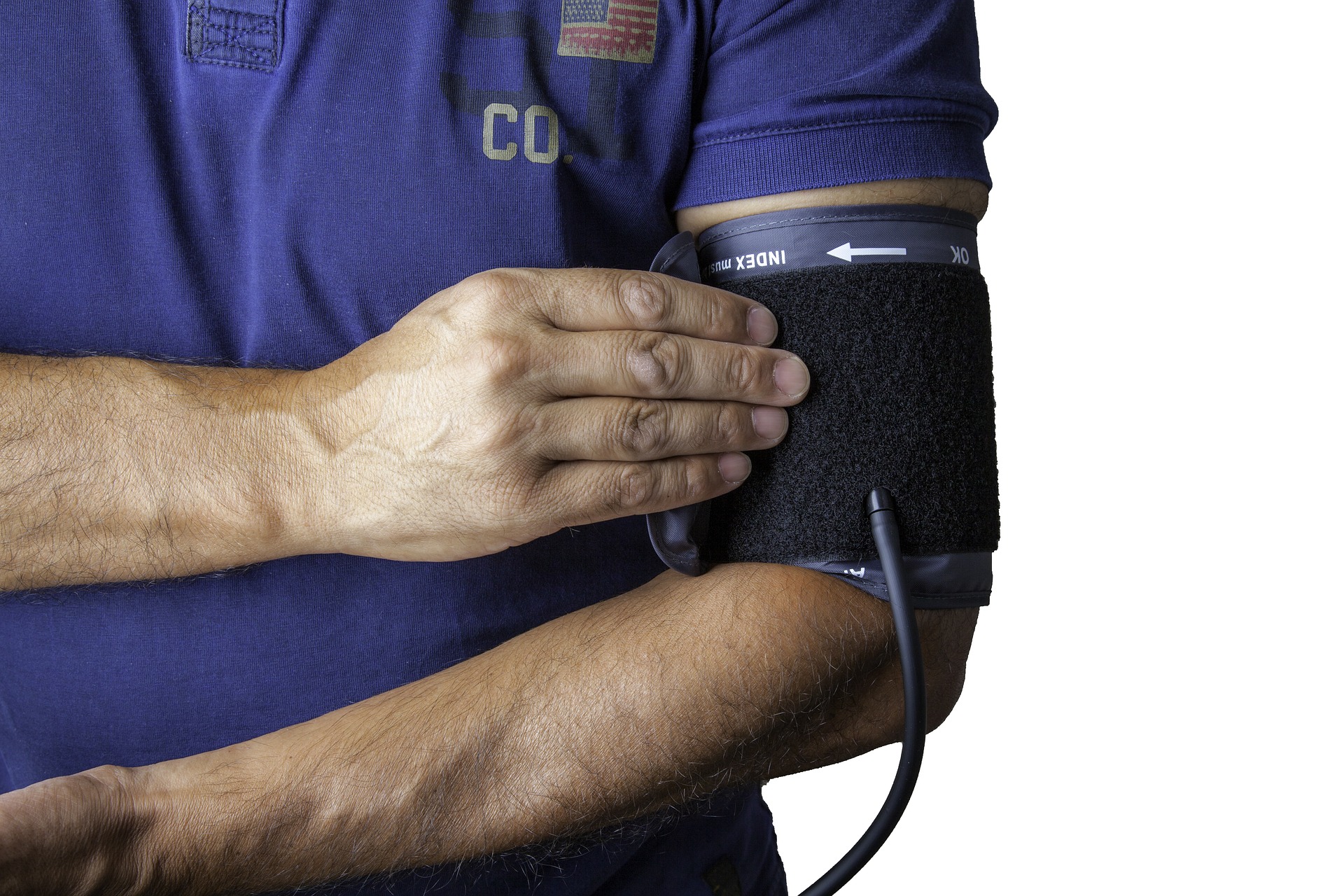
As cold and flu season loom ahead in the cooler months of fall and winter, we hear reminders to stock up on Vitamin C to protect our immune system. But what is Vitamin C? Does it really help prevent or treat colds? What else does it do?
We’ll start with the basics. Vitamin C is an essential vitamin meaning the body can’t produce it on its own. To ensure you get enough of this vitamin you’ll either have eat one of the many delicious fruits and vegetables where its found or you’ll have to take a supplement. As for what it can and cannot do for your body, take a look at these common myths and truths.
Myth: Vitamin C can cure the common cold
If taken after a cold begins it is no more effective than any other supplements or medications use to shorten the duration of the cold. If taken every day before a cold appears it may shorten the duration of the cold by 8% in adults and 14% in children.
Truth: Vitamin C is a marker for overall health
Some studies show patients with high levels of this vitamin are at a lower risk for strokes and their bodies handle stress better. It may also lower blood pressures and reduce the risk of heart disease. Is this because of the vitamin or because these patients were more likely to eat more fresh fruits and vegetables than other patients and maybe live a healthier lifestyle? The jury is still out on that one, but the links between this vitamin and overall better health has stood the test of time.
Myth: You can’t consume too much Vitamin C
Vitamin C isn’t stored in the body, meaning excess amounts are excreted which eliminates the risk of an overdose. However, exceeding the recommended daily amounts of this vitamin could lead to stomach upset, kidney stones and diarrhea. The recommended daily allowance is 90 mg for men and 70 mg for women although 2000 mg a day is considered the safe upper limit of consumption.
Truth: Vitamin C can increase iron absorption
When taken together, Vitamin C can increase the amount of iron absorbed into the blood. Vegetarians and others who consume low amounts of meat may find a supplement increases their iron absorption. For people who are prone to have anemia caused by iron deficiency, it may help control anemia. (Of course, if you are one of those patients speak to your provider about whether Vitamin C would aid your medical condition.)
Truth: Vitamin C improves skin health
This multi-talented vitamin assists in the formation of collagen, which aids in the look of smoother, younger. In fact, many skin products include Vitamin C as a major component. Smoothing a one of these creams on your skin may help, but eating fruits and vegetables high in the vitamin may do your skin even more good.
Truth: Vitamin C can reduce the risk of gout
When excess uric acid builds up in the blood it may crystallize and deposit in joints (especially the one in the big toe) and appear as an especially painful form of arthritis known as gout. Several studies link vitamin C supplements to a reduction in uric acid.
The bottom line
While Vitamin C may not actually decrease your risk of developing a cold this winter, it may reduce your risk of other more serious and long-lasting chronic conditions. If you’re not sure you can eat enough leafy greens and other vegetables to reach your daily limit, talk to your doctor about how much vitamin C you should take each day especially if you are on other medications. And fill your grocery basket with plenty of these fruits and vegetables on your next trip to the store or farmers’ market:
- Guava
- Black currant
- Red pepper
- Kiwi
- Green peppers
- Orange
- Strawberries
- Papaya
- Broccoli
- Kale
- Parsley
- Pineapple
- Brussels sprouts
- Grapefuit
- Peas
- Cauliflower
- Mango














